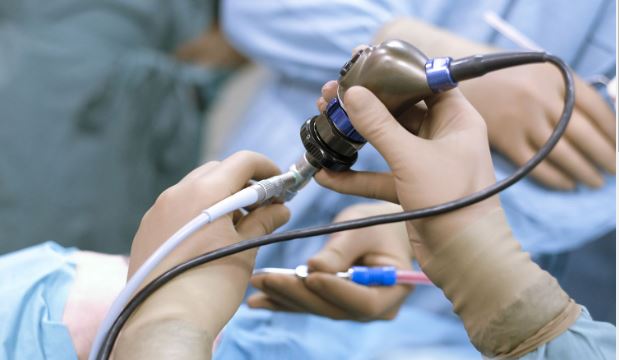Project Description
Author: Akhter et al.
Summary:
Post-ERCP pancreatitis (PEP) is a frequent complication of endoscopic retrograde cholangiopancreatography (ERCP). The ability to predict which patients are at risk of developing PEP is essential for determining the suitability of same-day discharge. Therefore, the current study was undertaken to validate the predictive value of the 2-hour post-ERCP serum amylase level and cannulation time in relation to the occurrence of PEP.
An observational approach was adopted to conduct the study based on data collected from the BIRDEM General Hospital, Dhaka. The study duration was twelve months. All patients who underwent ERCP were included in this study. A total of 135 patients were enrolled after obtaining informed written consent. A structured questionnaire was used for data collection. Serum amylase levels at 2 h and 24 h post-procedure was measured along with cannulation time and procedure time among all patients. Risk factors were determined using univariate and multivariate logistic models. The collected data were analyzed by SPSS V-23. Ethical measures were taken in accordance with the current Declaration of Helsinki.
Result: A total of 135 cases (average age 55.32±13.16 years, 52.6% female) were analyzed. Of all, twenty-three developed Post-ERCP pancreatitis after the procedure. Both univariate and multivariate analyses revealed that a cannulation time of more than 6.3 min [AUC: 0.827, 95% CI: 0.736-0.919, P <0.0001] and 2 h amylase levels greater than 128 IU/L cutoff value (AUC: 9.959, 95% CI: 0.917-1.000, P < 0.0001) were significant predictive factors for PEP. A total of 21 patients out of 23 exhibited 2 h amylase levels higher than the cutoff level and developed PEP. On the other hand, 19 of the 23 patients developed PEP and required cannulation times longer than the cutoff values. The combined result of both the 2-h serum amylase level and cannulation time had a sensitivity of 95.65%, specificity of 72.32%, PPV of 41.50%, NPV of 98.78% and accuracy of 76.29%, with a significant p value (<0.0001).
Conclusion: The present findings imply that the grouping of serum amylase levels and cannulation timing at 2 hours post-ERCP is a suitable indicator for identifying patients at high risk for PEP.
Status: Ongoing
Full text link: Not available



